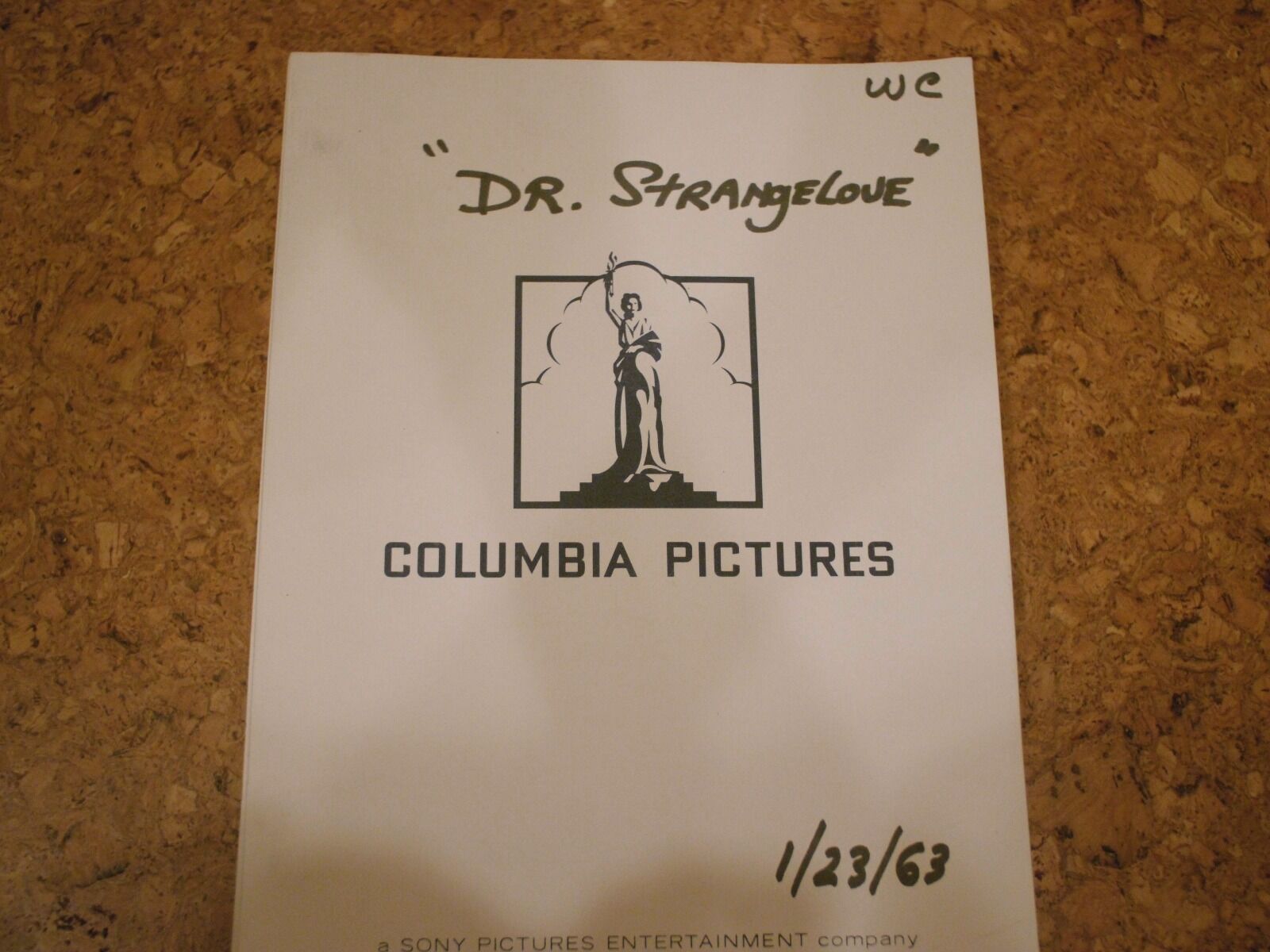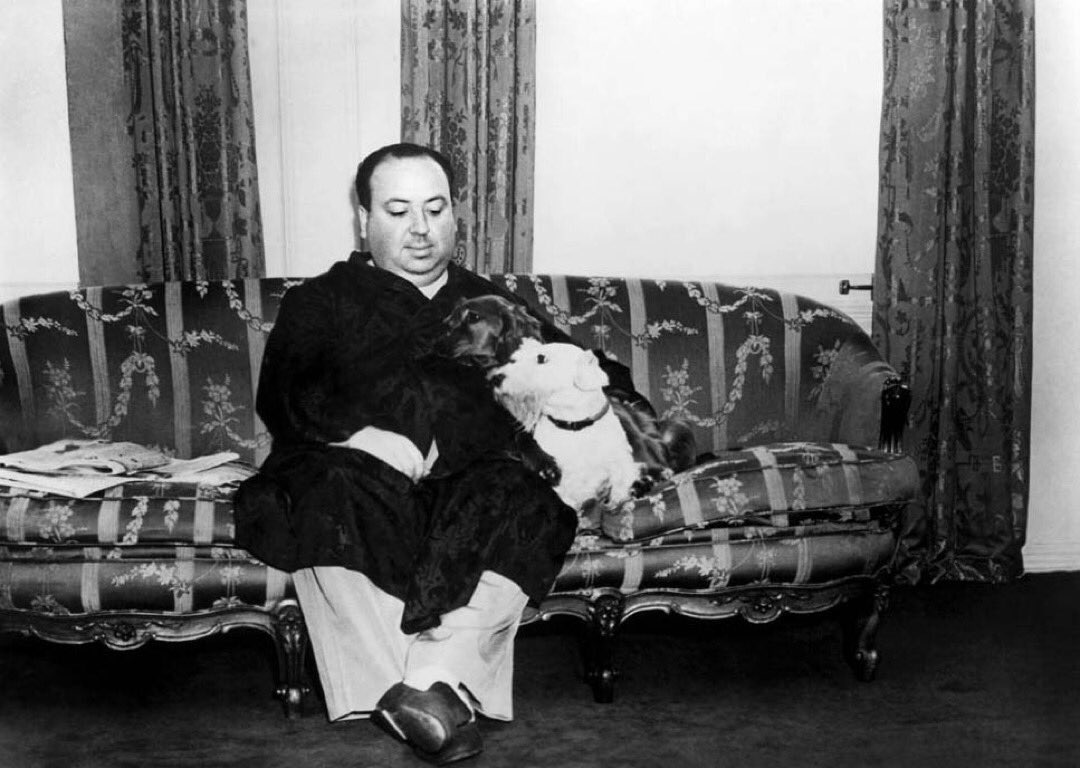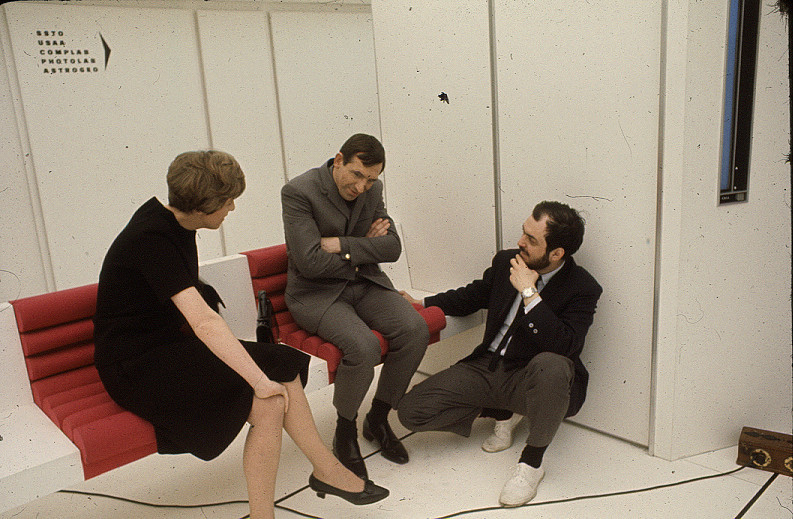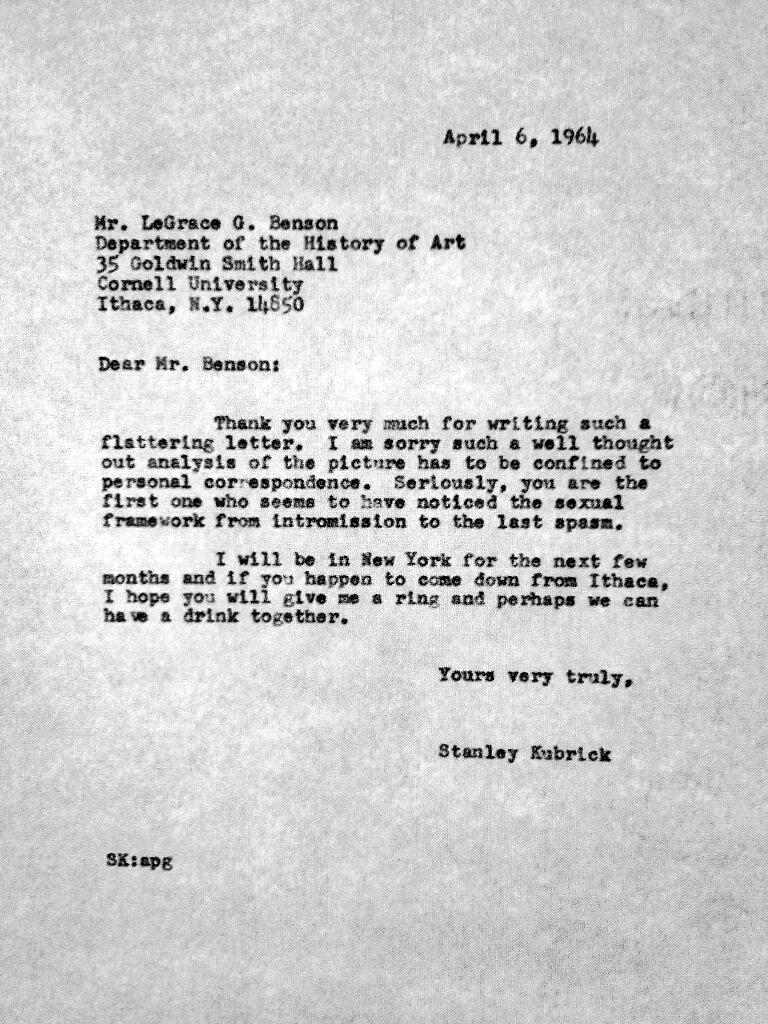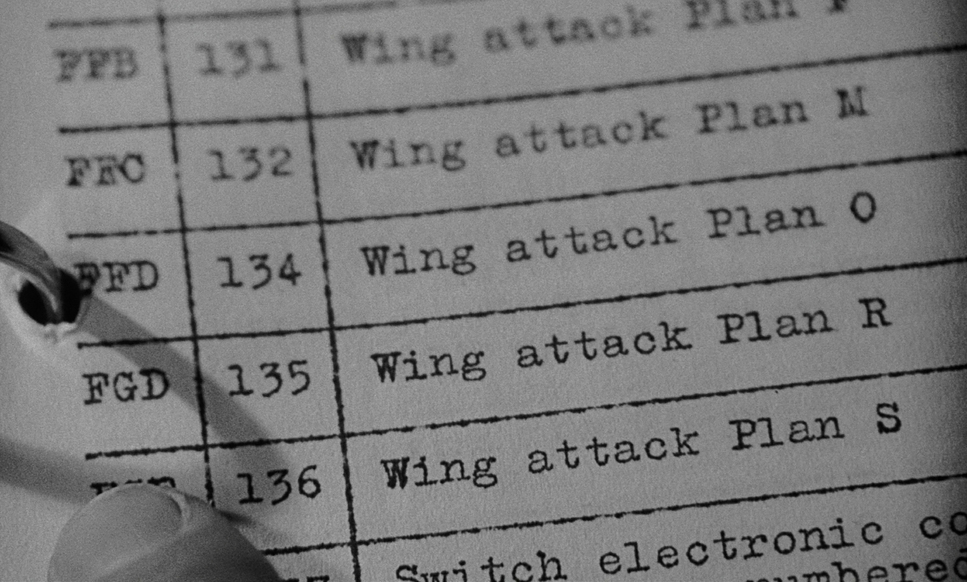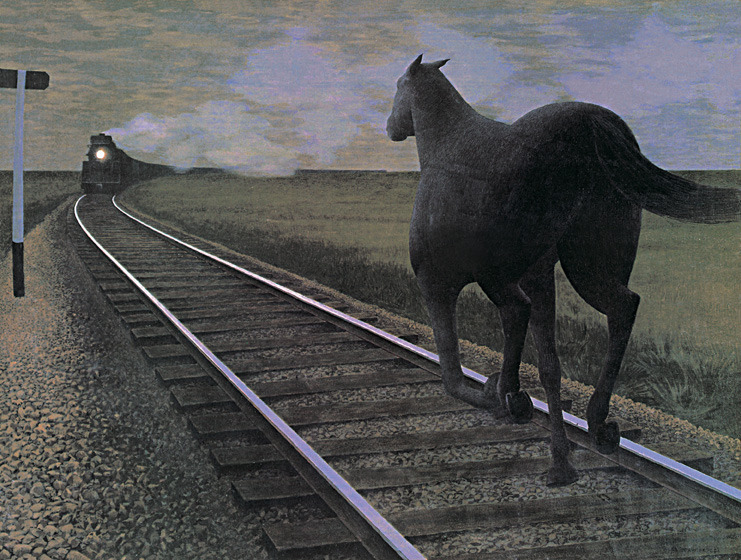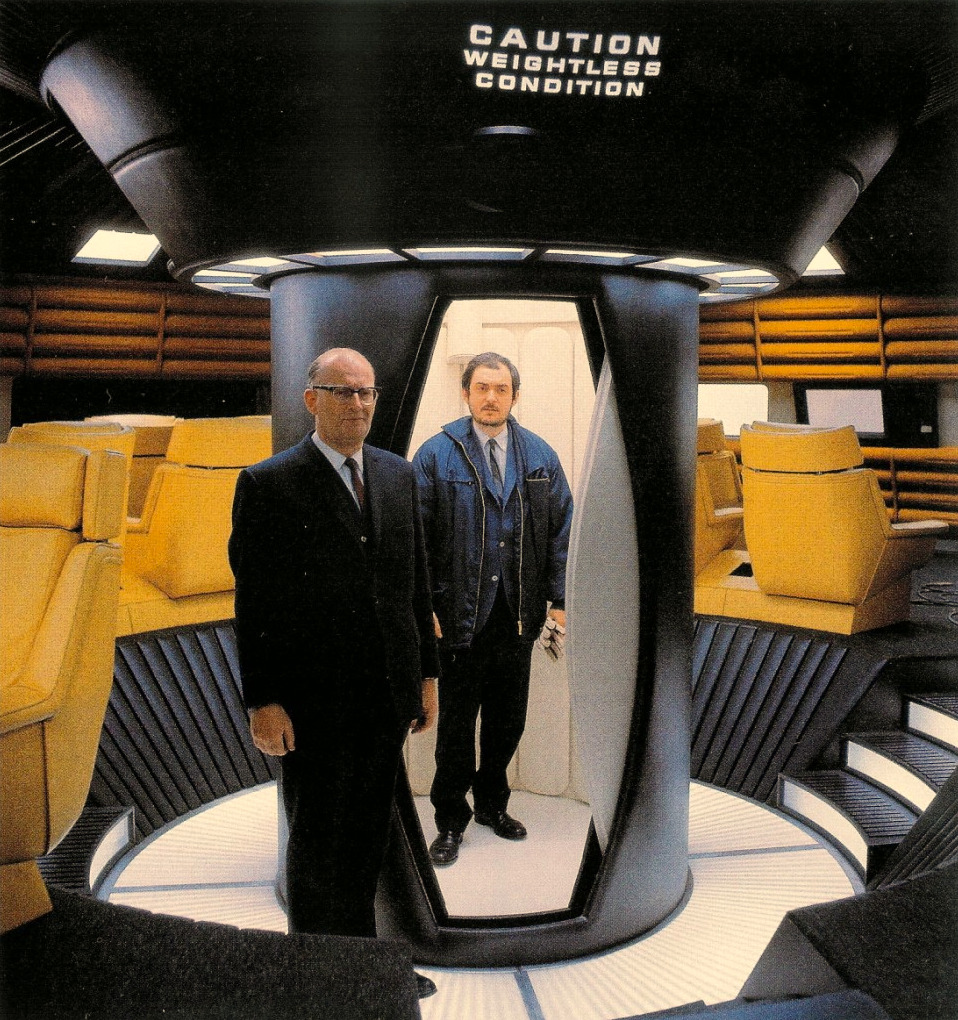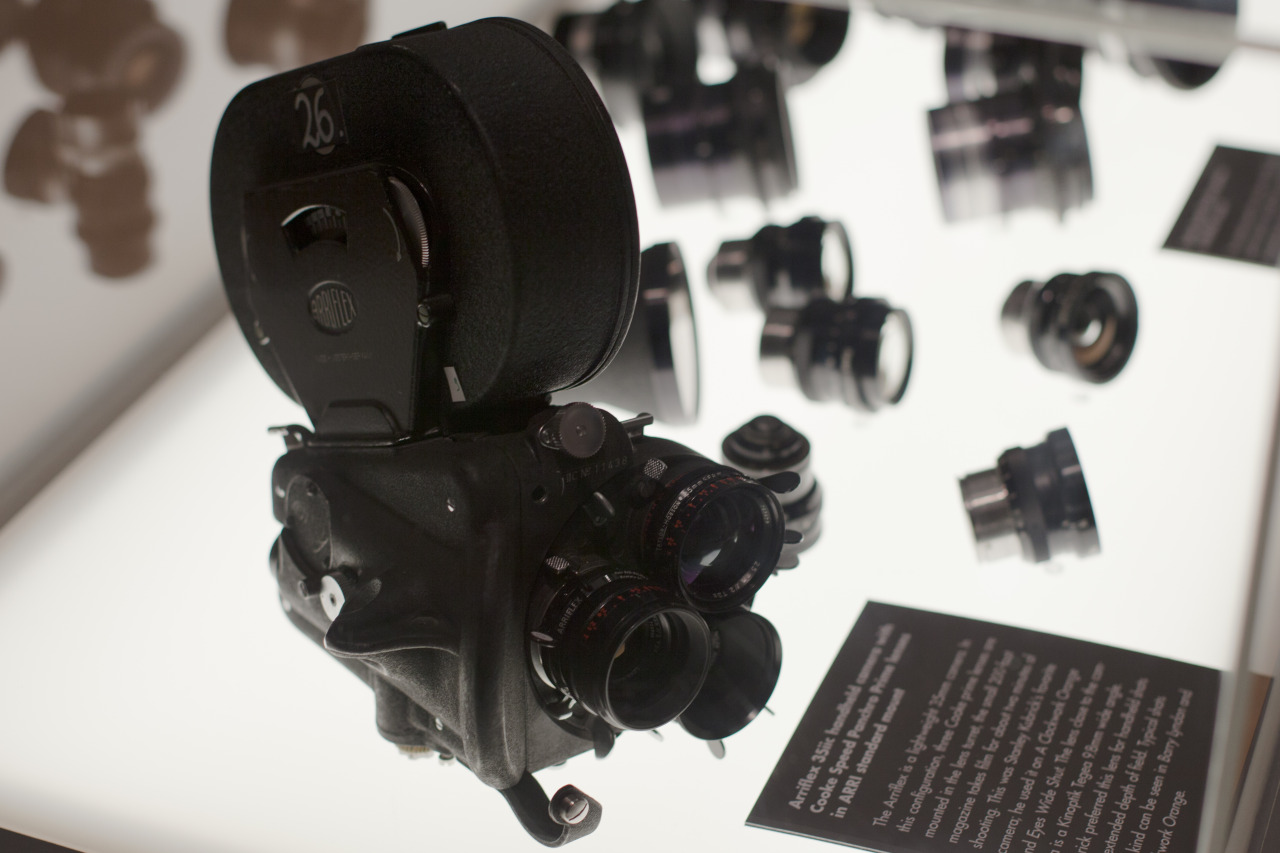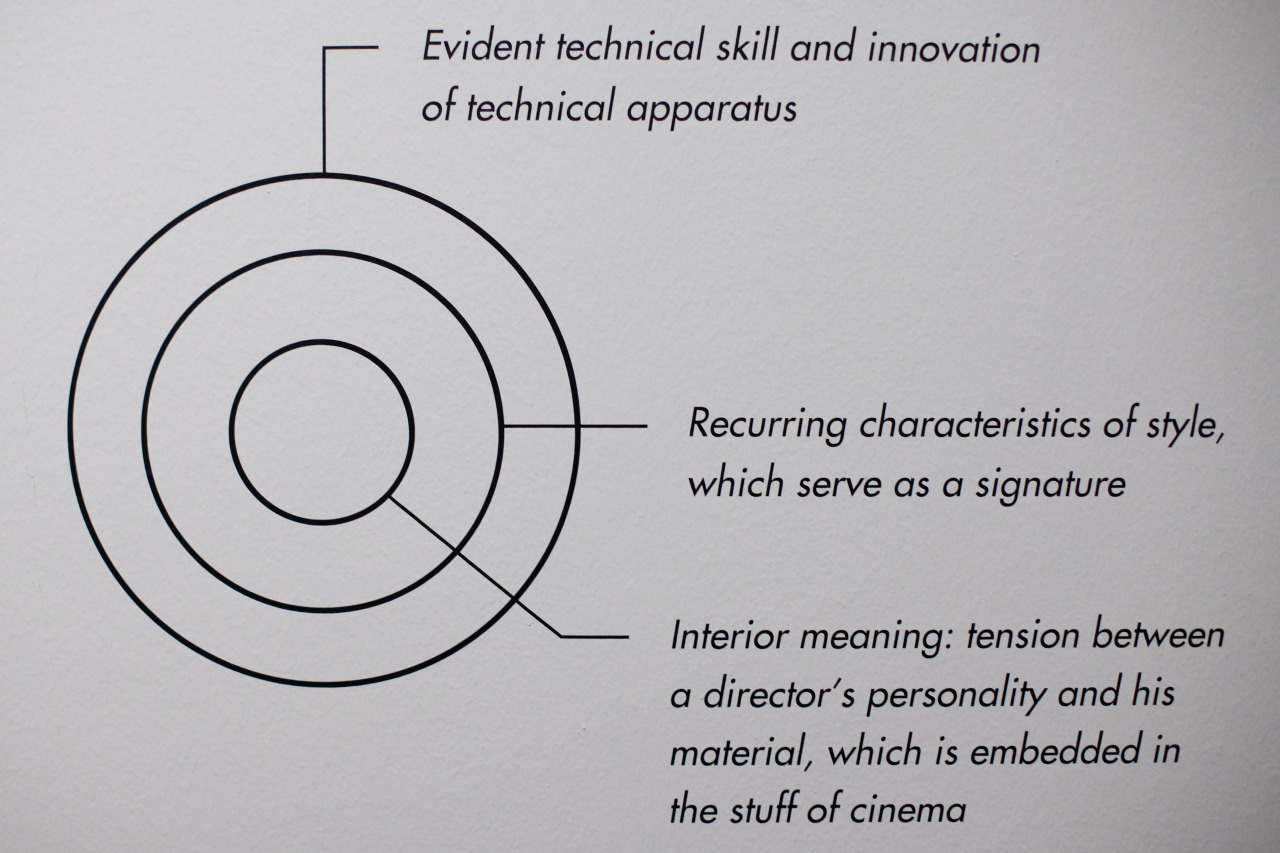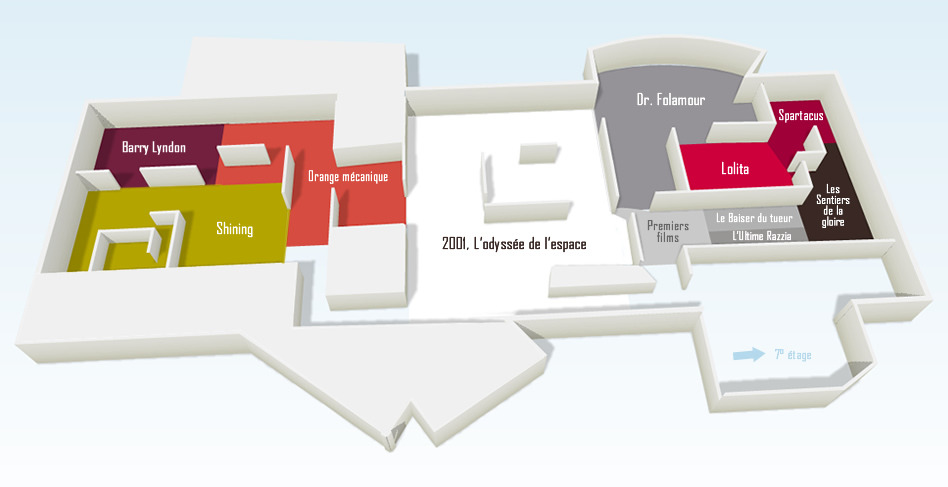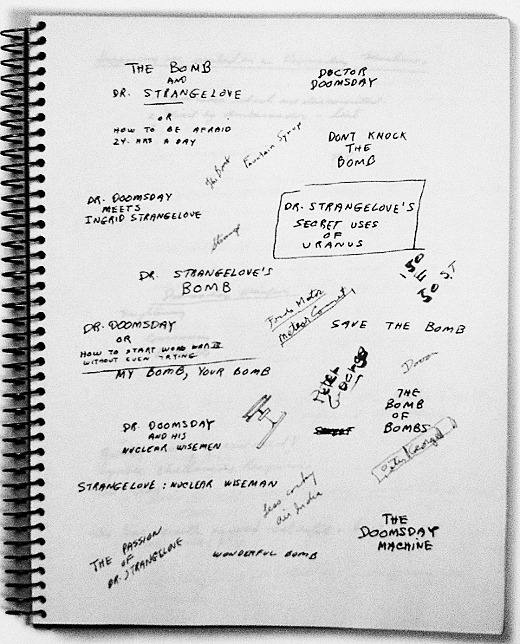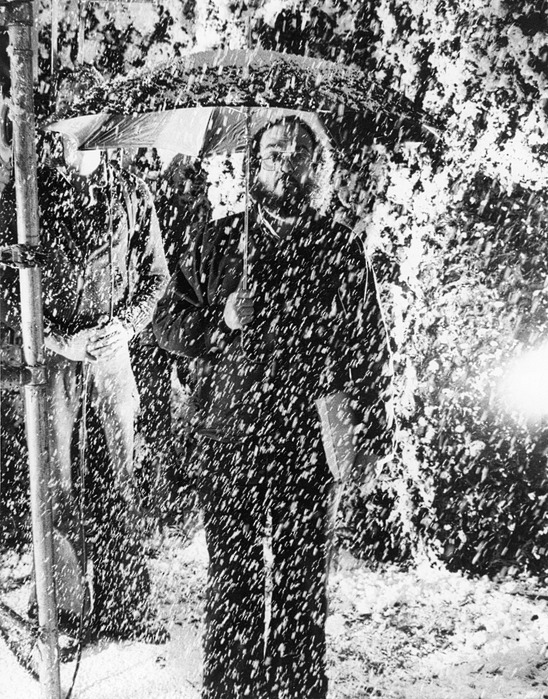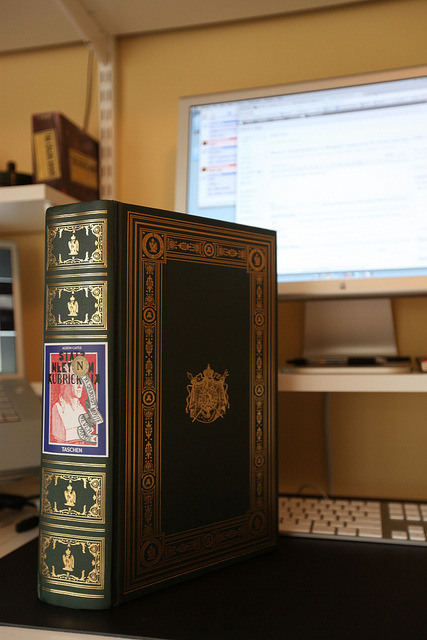Sexual Framework
Stanley Kubrick wrote this response letter to a DR. STRANGELOVE fan admiring his awareness of the films “sexual framework.”
h/t WILL McCRABB
Tragic Paradox
If you try to remove yourself from an Earthly perspective and look at this tragic paradox with the detachment of an extraterrestrial, the whole thing is totally irrational. Man now has the power in one mad, incandescent moment, as you point out, to exterminate the entire species; our generation could be the last on Earth. One miscalculation and all the achievements of history could vanish in a mushroom cloud; one misstep and all of man’s aspirations and strivings over the millennia could be terminated. One short circuit in a computer, one lunatic in a command structure and we could negate the heritage of the billions who have died since the dawn of man and abort the promise of the billions yet unborn – the ultimate genocide. What an irony that the discovery of nuclear power, with its potential for annihilation, »
Jan Harlan discusses his work with Stanley Kubrick
One of the first things we did together was get the rights to “Eyes Wide Shut.” It’s called “Traumnovelle” and he was very much in love with that story, but it proved to be just too difficult, so he dropped it. He had already a contract with Warner Brothers ready to go and he pulled out. He chewed over it for thirty years. When he finally made it he really considered it his greatest contribution to the art of filmmaking. Many people wouldn’t agree with him but that doesn’t really matter.
– Jan Harlan
I knew he was quite proud of the movie, but I never realized it was to this degree. I’d be curious to know more details around the “final cut” of the movie. Everything I’ve read has suggested it was not finished before he passed away and a little work »
“Horse and Train” (1954) by Alex Colville
As Wendy guides the pediatrician into her living room at the beginning of The Shining, they pass a painting of a horse galloping along train tracks towards an oncoming train. The painting is titled “Horse and Train” (1954) by Canadian artist Alex Colville.
A common interpretation of the painting is that it is intended to invoke feelings of helplessness and tension, and that the anxiety is heightened because we are not shown the outcome. It can only be assumed that the results will be disastrous if the subjects continue on their current course.
The choice of this image is certainly in alignment with the anxiety and tension Kubrick has already begun to invoke as the Torrance family prepares to move up to the Overlook Hotel for the winter.
Colville died in 2013 at the age of 92. After »
Testing Art
The test of a work of art is, in the end, our affection for it, not our ability to explain why it is good.
– Stanley Kubrick (via jamesgrantbrown)
The Making of Kubrick’s 2001
cinephilearchive:
A few days ago, I received out-of-print gem The Making of Kubrick’s 2001 (edited wonderfully by Jerome Agel, 1970). I’m still over the moon.
There have been countless words written about Stanley Kubrick’s visionary masterpiece 2001: A Space Odyssey — some good, some bad — but after 45 years, this superb book remains the only one you’ll ever really need. It is such a shame that this book is out-of-print. It is filled with everything you ever wanted to know about 2001. It leads off with Arthur C. Clarke’s short story “The Sentinel” and closes with a complete reprint of Stanley Kubrick’s interview with Playboy magazine. In between are profiles, interviews with technical advisors, effects secrets revealed, letters to Stanley from the moviegoing public, as well as »
Arriflex 35iic
Kubrick’s favorite camera, a handheld Arriflex 35iic.
Kindred Spirits
The cinema is the great compensatory art, the one that natural-born artists who lack any particular technical skill, craft, or knowledge gravitate toward, because it’s the one where the equipment itself supplies most of the needed technique. The artists need only bring their being—because being is the cinema’s very stuff and subject. That’s why it’s wrong to call movies a visual medium; it’s a shorthand that I’ve indulged in, too, but there’s actually no such thing as a beautiful image. If a director happens to be endowed with a visual gift (such as Stanley Kubrick, who started as a photographer), so much the better, but what makes an image beautiful is that it’s infused with a beautiful soul. That’s why there’s no formula for recognizing or identifying a beautiful image; it’s not definable as a geometric or formal quality, but »
The Stuff of Cinema
I think you have to view the entire problem of putting the story you want to tell up there on that light square. It begins in the selection of the property, it continues through the creation of the right kind of financial and legal contractual circumstances under which you make the film. It continues through the casting, the creation of the story, the sets, the costumes, the photography, and the acting. And when the picture is shot, it’s only partially finished. I think the cutting is just a continuation of directing a movie. I think the use of music effects, opticals, and finally main titles are all part of telling the story. And I think the fragmentation of these jobs, by different people, is a very bad thing.
– Stanley Kubrick
Quote & diagram from the Kubrick exhibit at LACMA
»
Kubrick Exhibition Layout
La Cinémathèque’s two story floor plan for their Stanley Kubrick exhibit. Which apparently will be coming to the Los Angeles County Museum of Art, November through June of next year.
Spielberg on Kubrick (1999)
This is the uncut version of an interview with Steven Spielberg about Stanley Kubrick. It originally aired on British television, excerpts from it were used on the Eyes Wide Shut DVD.
Potential Titles for Strangelove
A list of potential titles for Dr. Strangelove
-
Doctor Doomsday
-
Don’t Knock the Bomb
-
Dr. Doomsday and his Nuclear Wiseman
-
Dr. Doomsday Meets Ingrid Strangelove
-
Dr. Doomsday or: How to Start World War III Without Even Trying
-
Dr. Strangelove’s Bomb
-
Dr. Strangelove’s Secret Uses of Uranus
-
My Bomb, Your Bomb
-
Save The Bomb
-
Strangelove: Nuclear Wiseman
-
The Bomb and Dr. Strangelove or: How to be Afraid 24hrs a Day
-
The Bomb of Bombs
-
The Doomsday Machine
-
The Passion of Dr. Strangelove
-
Wonderful Bomb
Snowy Kubrick
source: bryanwashere
“Crushed, underneath an overturned Semi”
Among the topics of discussion are the many liberties, large and small, that Kubrick took with the original novel. Mr. King, who declined to comment for this article, has never concealed his dislike for the film and the way the director changed and discarded scenes, themes and details. In the book Jack’s Volkswagen is red; in the film it’s yellow. No big thing, until one discovers that King’s red VW actually did make it into the film, crushed underneath an overturned semi.
I will now try to use the phrase, “crushed, underneath an overturned semi” as much as possible.
The Invention of the Modern Box-Office Report
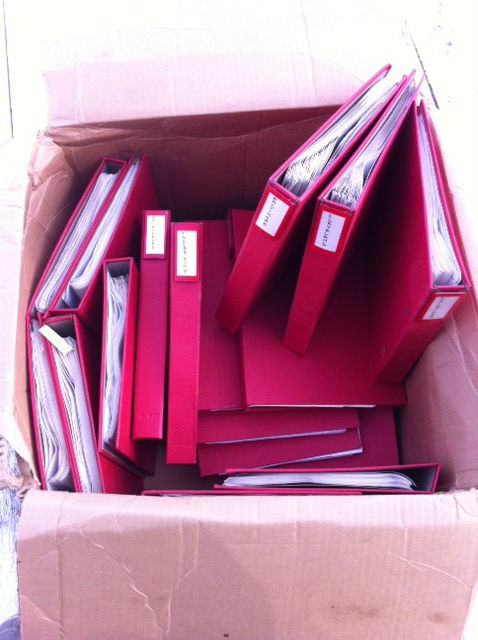
Word quickly spread that Stanley had a computerized system to track theaters and grosses based on technical information he had acquired while developing HAL 9000, the all-knowing computer in 2001. For months these stories persisted in the trades as the roster of Clockwork cinemas was refined. They were neither confirmed nor denied.
Stanley Kubrick, George C. Scott, Peter Sellers, Christiane Kubrick, & Weegee during the filming of the pie fight scene that was cut from Dr. Strangelove or: How I Learned to Stop Worrying and Love the Bomb (1964) (via)
I will never get tired of seeing these photos.
12 lbs of Napoleon
This showed up on my doorstep yesterday. I knew it was coming out, but I don’t remember actually pre-ordering it. It’s everything you would want though, in case you’re a Kubrick nerd.
Stanley Kubrick’s Napoleon: The Greatest Movie Never Made
TASCHEN is making a significantly cheaper version of one of the coolest books to come out last year. Originally a 10 volume set that came in one giant book, it’s now all contained in one giant collection. It is the meticulously collected information Kubrick amassed on Napoleon for what was supposed to be the next project following 2001.
It comes out in March from Taschen and just slightly cheaper in April on Amazon. It contains the script Kubrick wrote for it, which is worth the price of admission alone.
